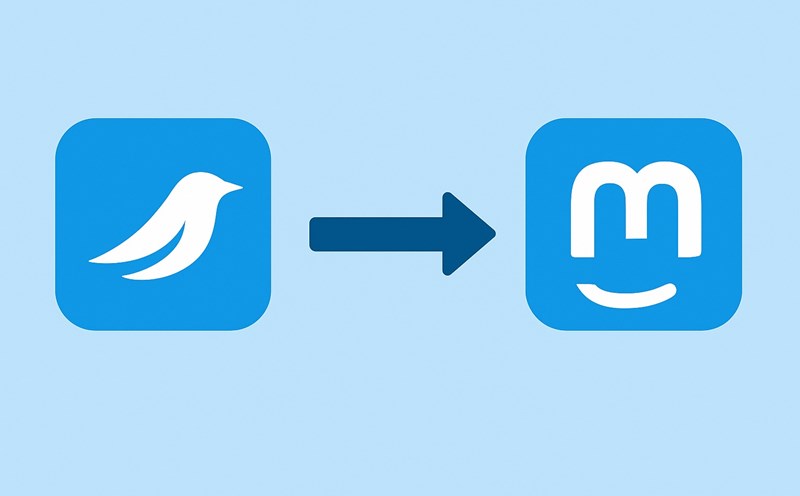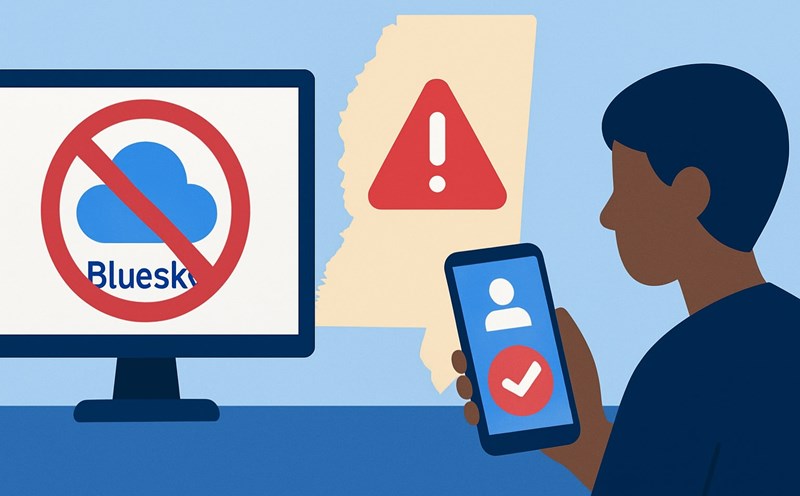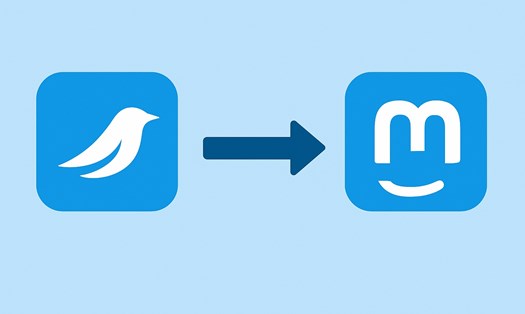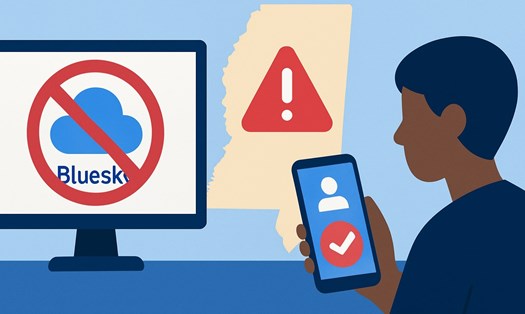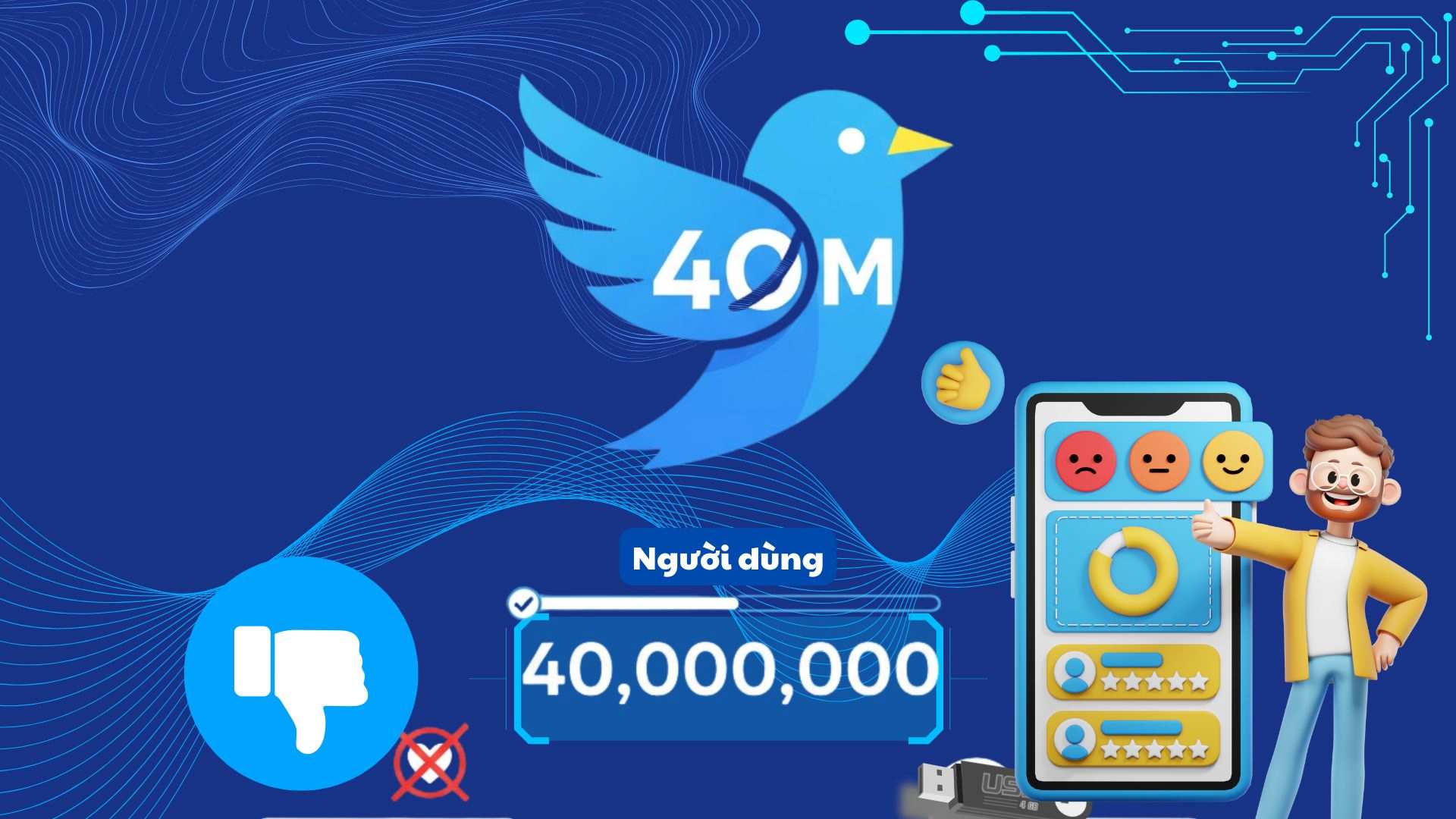
According to the new announcement, Bluesky will start testing the Dislike feature to help the system better understand the content that users do not want to watch. This data not only affects the ranking of articles on the Discover newsletter but also affects the way responses are arranged in conversations.
In addition, Bluesky has implemented a series of update for dialogue control, including: improving detection of malicious comments, adjusting responses, enhancing content filtering tools and turning off keywords. Users can also register with other censorship service providers to customize their experience.
In the context of recent controversies about content censorship, Bluesky still maintains a decentralization direction, encouraging users to self-manage censorship activities instead of letting the platform intervene strongly like the X app side.
To support users, Bluesky adds features such as a quick blocking list, separating citations to avoid malicious content, and customizing response settings, helping them better control the range of interaction of the article.
Another notable new feature is the social region map system, which helps Bluesky identify groups of users who regularly interact with each other to prioritize displaying closer replies on the news feed.
Along with that, the new model of the platform will automatically detect and reduce the ranking of replies with toxic content, spam (juggling content) or problematic content, making the conversation more friendly and cohesive.
The Response feature has also been refined: instead of opening the drafting section right away, users will be moved to the entire topic to read the full content before responding, limiting the situation of overlapping or lack of context.
If these features work, Bluesky could become a notable alternative to social media as users increasingly care about free speech, content control, and personalized experiences.

